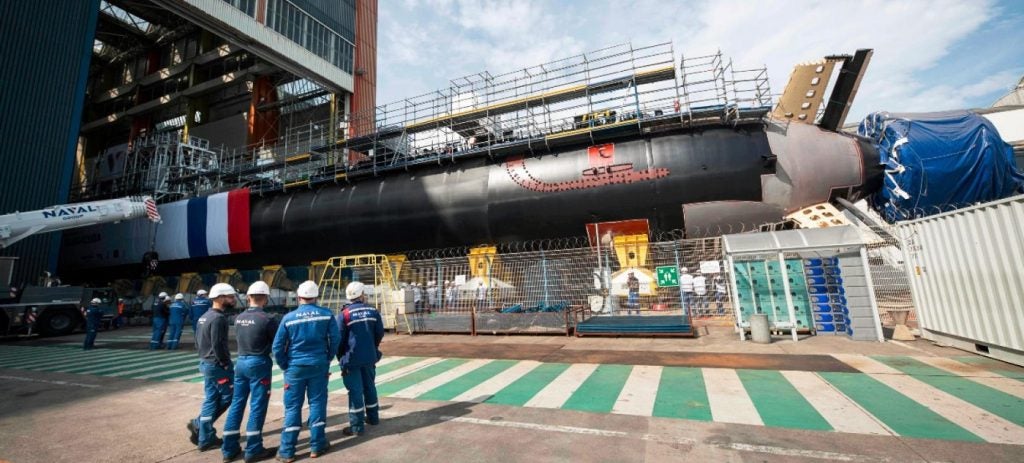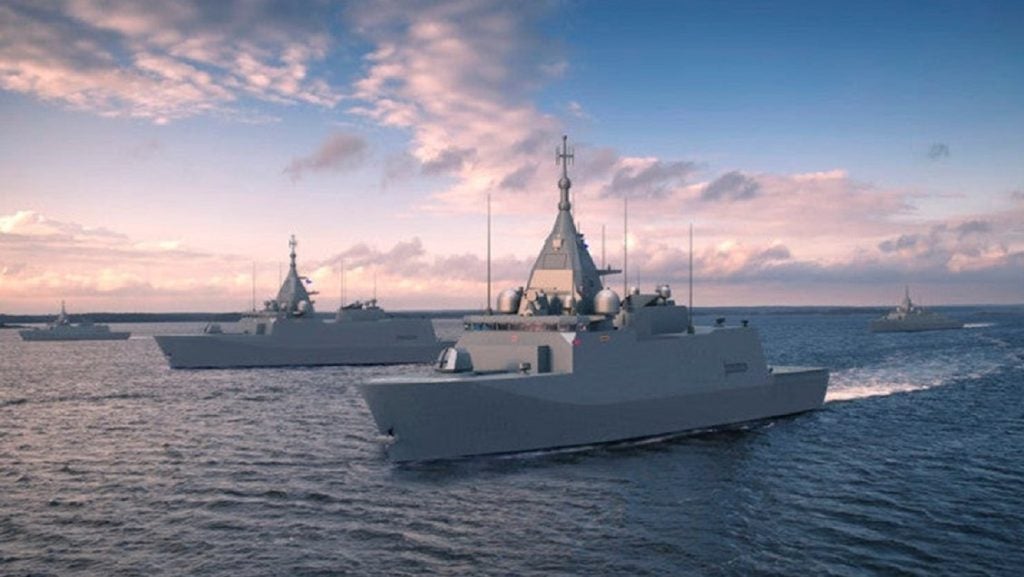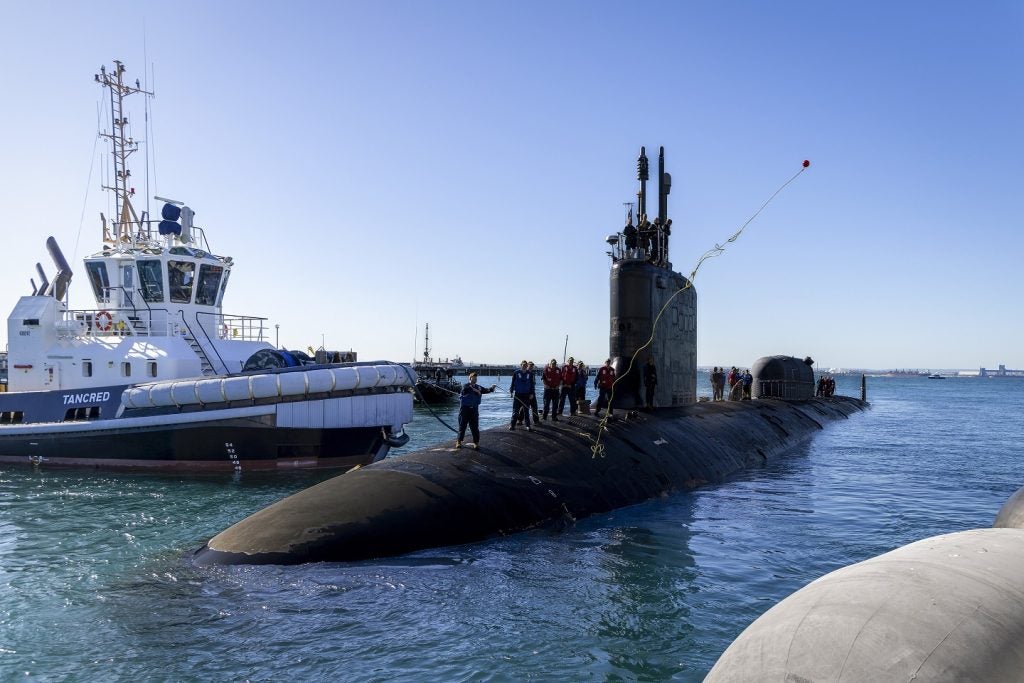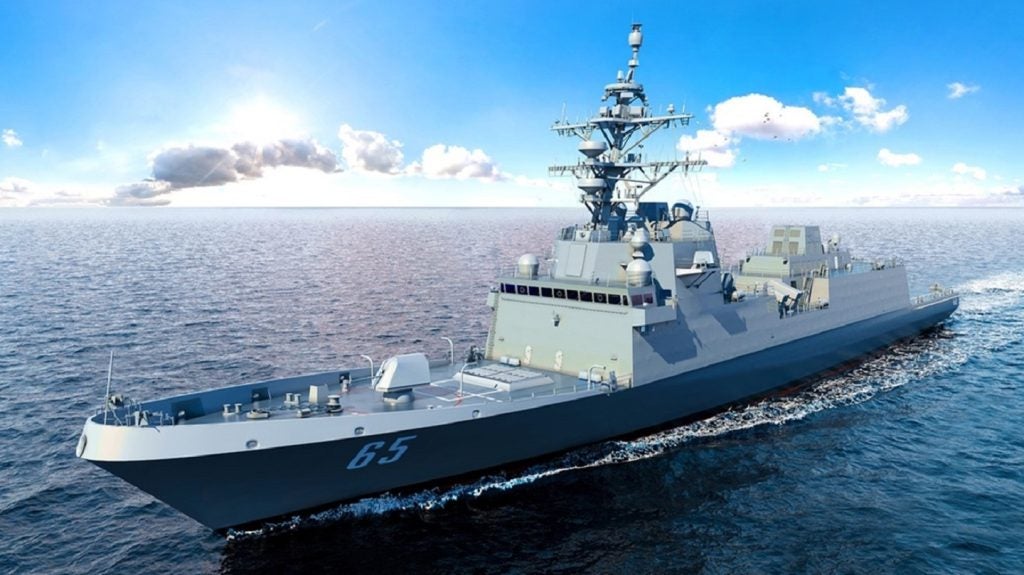The first AW159 Lynx Wildcat multirole military helicopter has successfully completed its maiden test-flight at AgustaWestland’s Yeovil facility in the UK.
During the test-flight, the aircraft completed a wide range of general handling checks, performing well throughout.
The 6t helicopter, powered by two new-generation CTS800 engines, is an improved version of its predecessor the Westland Super Lynx military helicopter and has a payload capacity of 5,790kg with a built-in capacity to increase that to 6,250kg.
The Wildcat has several improvements over the Lynx, including a simpler and more robust airframe construction, fully integrated avionics, a glass cockpit and upgraded engines.
How well do you really know your competitors?
Access the most comprehensive Company Profiles on the market, powered by GlobalData. Save hours of research. Gain competitive edge.

Thank you!
Your download email will arrive shortly
Not ready to buy yet? Download a free sample
We are confident about the unique quality of our Company Profiles. However, we want you to make the most beneficial decision for your business, so we offer a free sample that you can download by submitting the below form
By GlobalDataA total of 62 AW159 Lynx Wildcat helicopters have been ordered for the Royal Navy and the British Army.
See Also:
The Wildcat will serve in the operations ranging from anti-submarine warfare, reconnaissance and transport of troops and equipment to force protection and support of amphibious operations.
Deliveries of the Wildcat are scheduled to begin in 2011 and the helicopter is to enter service with the army in 2014 and the Royal Navy in 2015.







